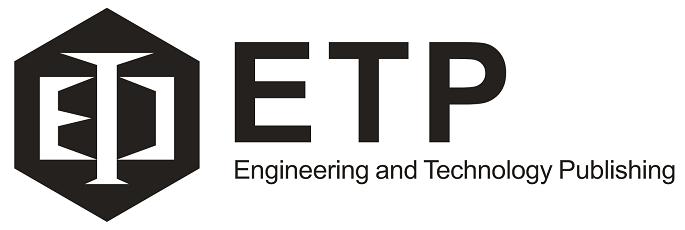Electromechanical Engineering, University of Technology, Baghdad, Iraq
Email: Hudaaljumaili7680@gmail.com (H.J.M.); 50123@uotechnology.edu.iq (K.D.S.A.);
50073@uotechnology.edu.iq (A.H.R.)
*Corresponding author
Manuscript received October 8, 2024; revised November 4, 2024; accepted December 10, 2024; published April 14, 2025
Abstract—The main goal of this work is to develop the design and manufacturing of a Pin-on-Disc wear machine using a Programmable Logic Controller (PLC), a new method of changing sliding distance to find out the influence of changing the sliding distance on the wear rate, also adding a unit to collect the debris resulting from the wear process, as well as isolate the machine with a material that reduces the noise caused by the sample friction with the disc. A Human-Machine Interface (HMI) that communicates with input/output sensors and a PLC to control and monitor multiple elements, including temperature, rotational speed, and friction force, was used to design and implement the control system. The Coefficient of Friction (COF), wear rate, temperature, and noise level were among the computed variables. Variations in wear parameters, such as rotating speed (300–900 rpm) and sliding distance (3–9 cm), were used to conduct wear tests. Wear test results revealed that a rise in sliding distance decreases the wear rate for AA6061 alloy is 3.2887×10−5 gm/cm and decreases with increased sliding distance to 2.8977×10−5 gm/cm, for CK45 steel alloy the wear rate value is 1.4094×10−5 gm/cm and decreased with increased sliding distance to 1.1938×10−5 gm/cm, but increases in the COF and temperature for AA6061 alloy are 0.6867, 67 ℃, respectively, to 0.7946 and 163 ℃, for CK45 0.5493, 58 ℃ to 0.6003, 142 ℃ respectively. An increasing rotating speed reduces the wear rate but increases the COF, and the temperature for AA6061 alloy is 3.2887×10−5 gm/cm to 2.7979×10−5 gm/cm , for CK45 steel alloy the wear rate value is 1.4094×10−5 gm/cm to 0.8678×10−5 gm/cm, but increases in the COF and temperature for AA6061 alloy are 0.6867, 67 ℃ respectively, to 0.7848 and 175 ℃, for CK45 0.5493, 58 ℃ to 0.5984, 115 ℃, respectively.
Keywords—wear rate, coefficient of friction, noise reduction, Programmable Logic Controller (PLC), sliding distance
Cite: Huda Jassim Mohammed, Khansaa Dawaod Salman Abed, and Ahmed Hameed Reja, "Development of the Design and Manufacturing of a Pin-on-Disc Wear Machine," International Journal of Mechanical Engineering and Robotics Research, Vol. 14, No. 2, pp. 191-199, 2025. doi: 10.18178/ijmerr.14.2.191-199
Copyright © 2025 by the authors. This is an open access article distributed under the Creative Commons Attribution License which permits unrestricted use, distribution, and reproduction in any medium, provided the original work is properly cited (CC BY 4.0).



